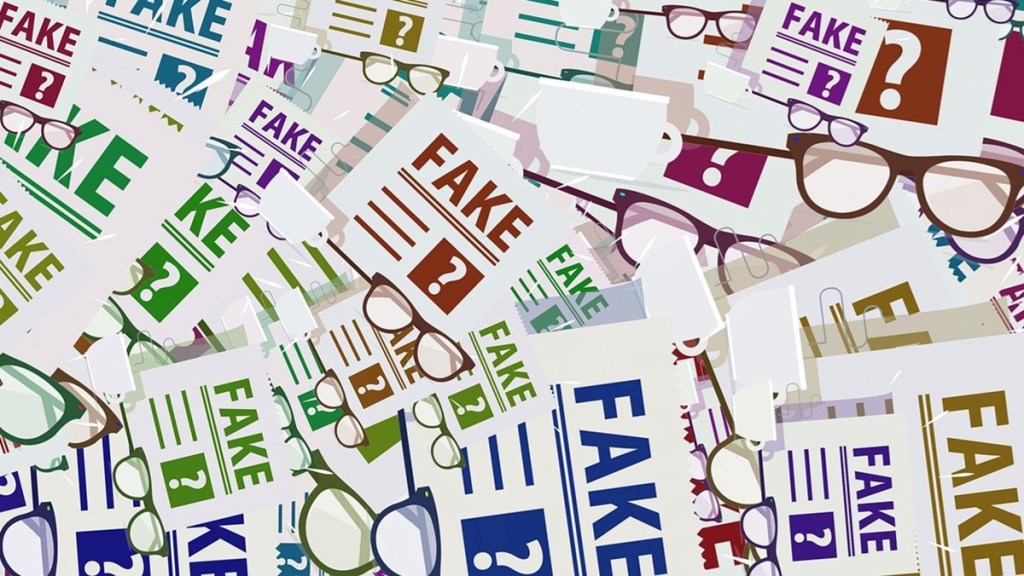– By Ankit Gupta
The menace of counterfeiting is really concerning. The annual sales of counterfeit products range from an estimated $1.7 trillion to $4.5 trillion, depending on estimates, which would place counterfeiting at least eighth in terms of economic size. Fraud poses serious problems for many different industries and affects important facets of public safety, industry, and the economy. Its effects on the competitiveness and creativity of legal firms are especially harmful, striking a serious blow to small and medium-sized businesses (SMEs) that depend on intellectual property rights (IPRs) to protect their goods and services. Beyond these particular difficulties facing the sector, counterfeiting serves as a haven for a variety of other illegal operations, such as organised crime, money laundering, and terrorism, providing a rich income stream and funding for these ventures.
Beyond the short-term financial effects on legitimate businesses, counterfeit items frequently fall short of quality and safety requirements, which in turn endanger customers. The repercussions can be severe, resulting in disease, damage, or in severe situations, even death. Examples of these include counterfeit gadgets and medications with inactive chemicals or subpar electrical components. There are also much wider ramifications stemming from the spread of counterfeit goods, such as a decline in customer confidence in brands and the marketplace.
India acknowledges the dangers associated with counterfeiting. Undoubtedly, India’s traceability and authentication industry is one of the most developed globally. The majority of the nation’s providers of authentication solutions have moved from just providing holographic solutions to providing multi-technology-based solutions for physical verification in line with the rapidly developing technologies in this field. The fact that India leads the world in the IT sector inevitably leads to developments in the traceability business. A lot of Indian businesses have created top-notch traceability systems for digital verification. To provide the best of both worlds, physical and digital solutions are now being combined into a single solution which are sometimes called “PhyGital solutions.” Nowadays, a number of Indian businesses export their products to marketplaces around the globe. However, although modern and efficient solutions are available for the Indian authentication ecosystem, their widespread use needs encouragement from the industry and authorities.
Since new technology frequently makes us both victims and benefactors of innovation when it comes to counterfeiting, we must acknowledge the value of cooperation as technology develops. The sophistication of technology has matched the abilities of crooks. Therefore, we must recognise that, although strong rivalry across industry participants benefits the economy as a whole, it should always be A plus B rather than A vs B. Thankfully, cooperation between the public and private sectors has served as a driving force behind the use of technology to revolutionise a number of economic areas. This partnership provides new opportunities for the application of cutting-edge digital technologies in the battle against counterfeiting. Through the use of cutting-edge technology like blockchain, RFID, and artificial intelligence, companies and governmental organisations may create resilient authentication frameworks to confirm the legitimacy of goods across the whole supply chain. Public-private collaborations may also help with the creation of all-encompassing anti-counterfeiting plans by using digital platforms and data analytics to identify and disrupt illegal trade networks. Our ASPA-CRISIL research shows that between 25% to 30% of all items sold in the nation are fake or spurious. Clothing (31%), FMCG (28), automobiles (25%) pharmaceuticals (20%), consumer durables (17%), and agrochemicals (16%) make up the breakdown of the different items. Globalisation and e-commerce have increased the difficulty of combating counterfeiting. According to the poll, the majority of the time the buyer is unaware that he is buying a fake item. Original product manufacturers suffer from this, both financially and reputationally. Loss of revenue affects the government as well because the commodities sold in this way escape taxes. While footwear, apparel, leather goods, and electronic equipment are the top global commodities for counterfeit goods vendors, pharmaceutical products are highly counterfeited in India. Government policy action is a key element in the fight against counterfeiting. The good news is that, in an effort to combat counterfeiting and guarantee traceability, the Government of India has required the top 300 pharmaceutical brands to have QR codes. It is essential to integrate physical and digital security measures, such as barcodes and QR codes with tamper-evident seals, to safeguard the whole supply chain.
More specialist Intellectual Property Units (IPUs) are now present in police departments all throughout India, which has boosted enforcement, particularly in sectors like electronics and automotive components. Nevertheless, these attempts to achieve optimal performance are frequently hampered by a lack of funding and insufficient law enforcement personnel. Investments in human resources, specialist training in areas like online investigations and digital forensics, and improved inter-agency coordination between federal and state agencies are needed. Cooperation and data sharing between enforcement agencies, industry associations such as the Federation of Indian Chambers of Commerce and Industry (FICCI), and large online retailers like Flipkart and Amazon can also facilitate information exchange and coordinated action against cross-border counterfeiting networks.
In the projected scenario, the anti-counterfeit packaging market in India is poised to reach a value of USD 24 billion by 2030, with a forecasted compound annual growth rate (CAGR) of 7.81% between 2022 and 2027. Integrating OVDs, pigments, security printing, nanotechnologies, and IT solutions to build a Phygital solution appears to be a potential strategy, going forward, in successfully combating counterfeiting and accelerating this growth. By inculcating collaboration between government, industry, and academia, and empowering consumers with the knowledge and tools to identify counterfeit products, India can build a resilient and thriving economy free from the scourge of counterfeiting. Understanding the implications of purchasing counterfeit goods is essential for consumers to grasp the significant economic harm they cause. The industry should proactively collaborate with enforcement agencies to notify them about the circulation of counterfeit products.
(Ankit Gupta is the Vice President at ASPA.)
(Disclaimer: Views expressed are personal and do not reflect the official position or policy of Financial Express Online. Reproducing this content without permission is prohibited.)

